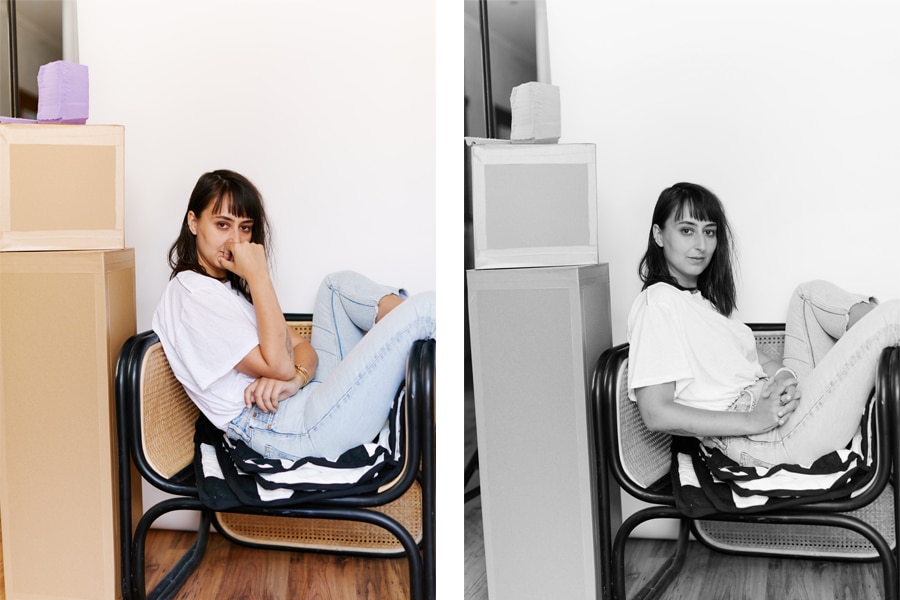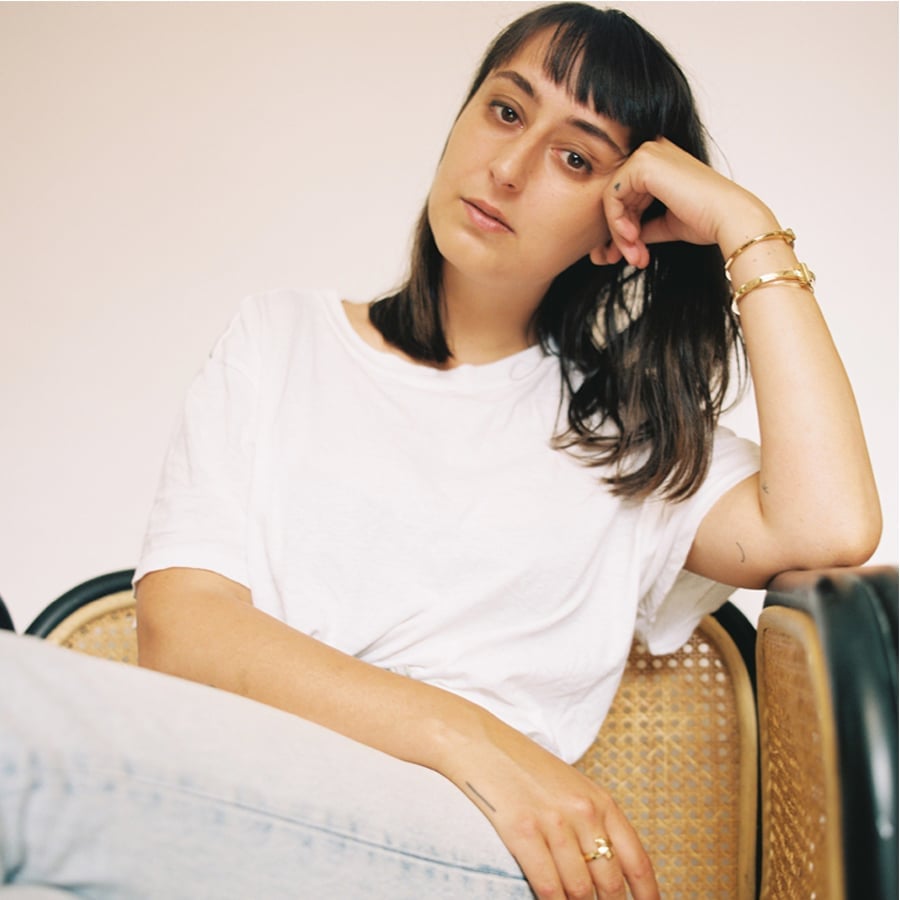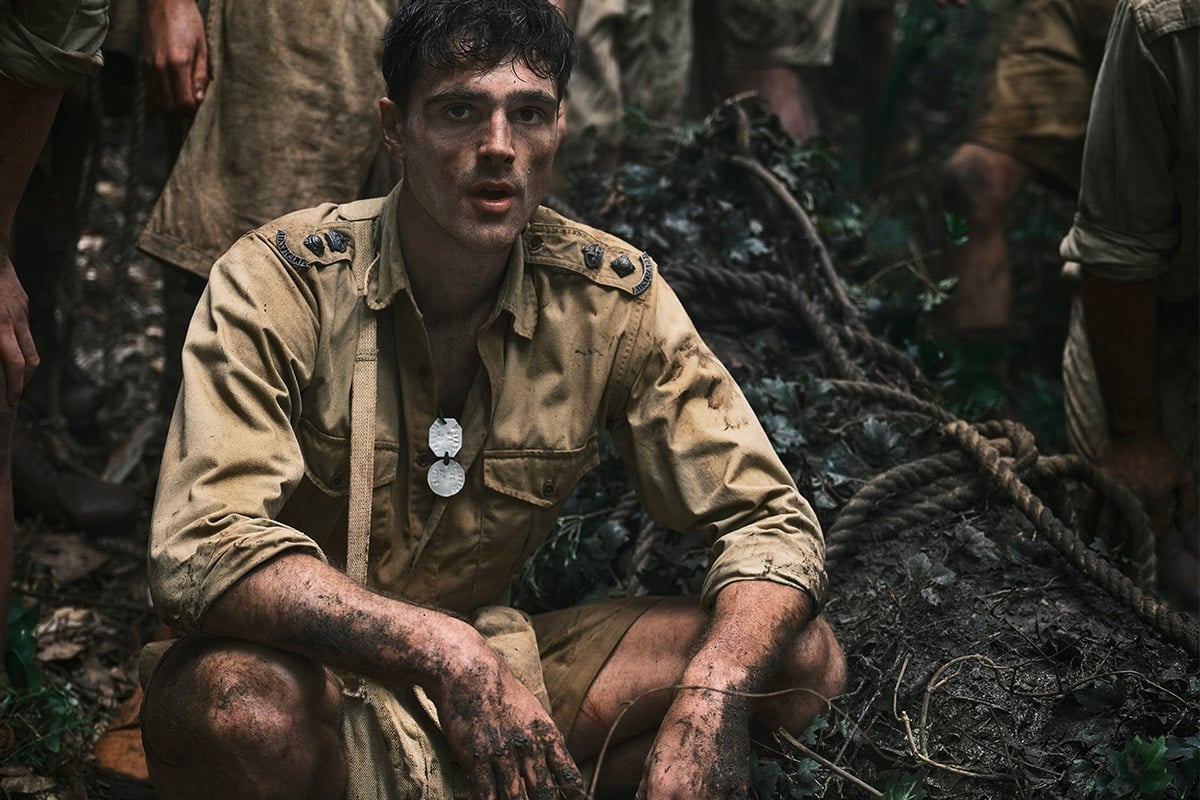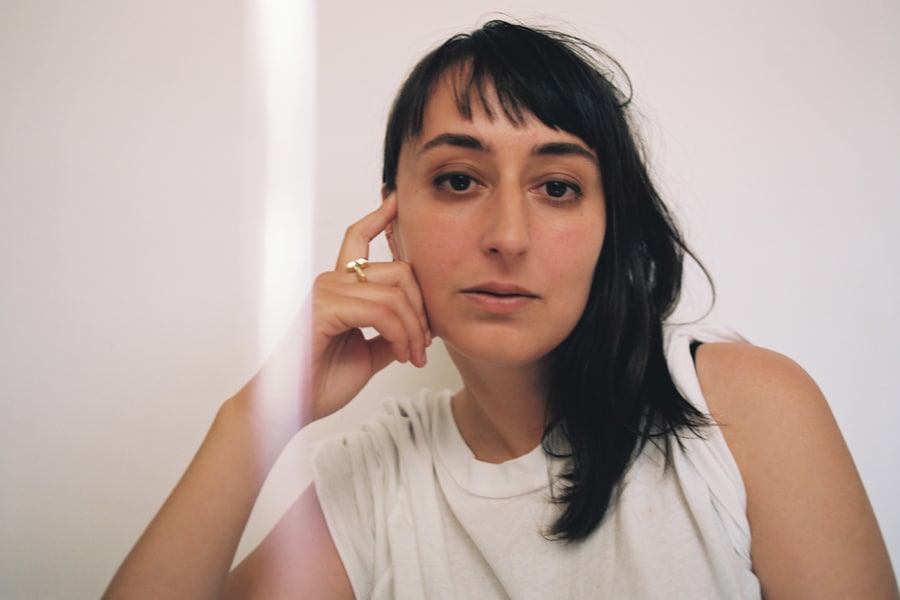
"Understanding the world viscerally and cerebrally - half emotion, half information. The data of feelings. That’s what really drives me."
Stanislava Pinchuk's art has captured the hearts of many, but this is what's at the root of her practice. We know her as the artist who traded a custom tattoo for a song, and has her illustrations on the back of Cara Delevigne's leather jacket, but the creative who's best known under the alias, Miso, for her minimal stick-and-poke tattoos has branched out since we were last in conversation. Similarly to Tiffany & Co., which Pinchuck wears throughout, her work is built on happiness, dreaming, strength and survival. Life informs her work, and the Ukrainian-born, Melbourne-based Pinchuck knows something about it all. Here, we're in conversation on courage, resistance, and survival, both in practice and theoretically.
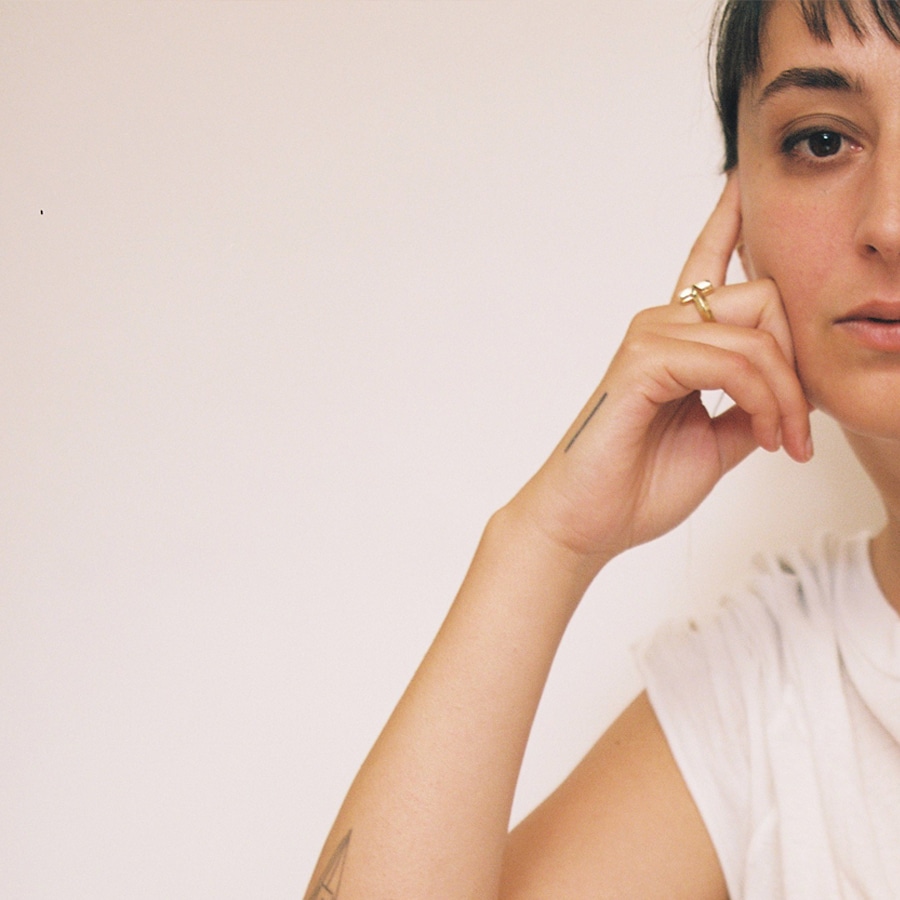
What is something most people don’t know about you?
For a substantial part of my childhood, I thought I was a very small elephant.
You’ve been an artist since a very young age, when do you know what you were doing was ‘art’?
Honestly, I think when other people started calling it ‘art’. I think I always just liked being creative, and was curious about many things. I thought maybe I would be in fashion, or graphic design… something like that. Creative but applied.
I grew up in Kharkiv, in Ukraine. So there was a great, small museum but no contemporary art there, then. So I don’t think I really understood that art was a job that you could have, or a way you could live, until a little later in life.
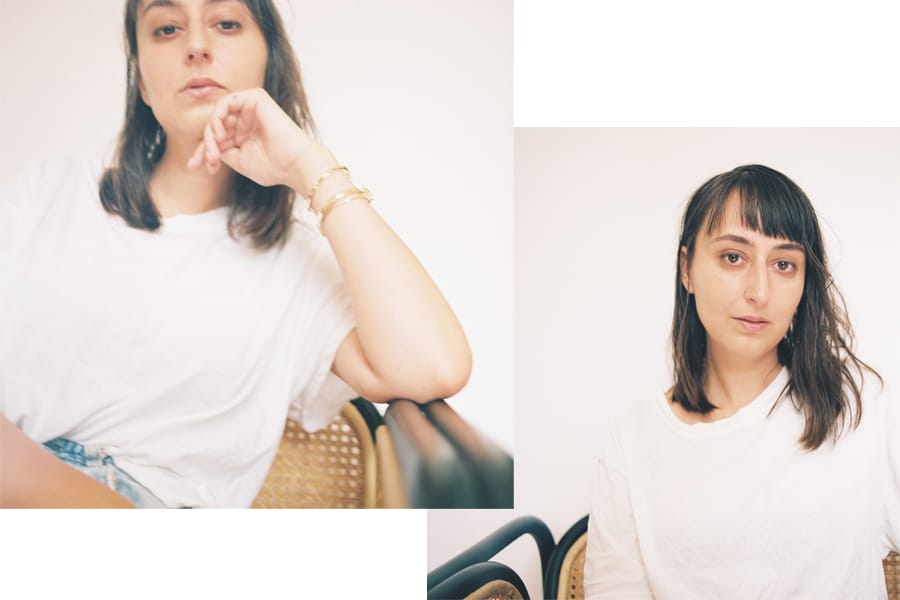
Mapping connections inspires your art often, what is currently driving your work and informing your world?
Mapping is really at the heart of it. Understanding the world viscerally and cerebrally - half emotion, half information. The data of feelings. That’s what really drives me, and really informs how I experience the world. But for the moment, it’s funny - perhaps it’s a year of lockdown, but I’m so inspired by furniture and interiors, stone and bronze. Or maybe it’s just my thirties!
As an artist, you have worked both independently and with a team. Please can you share how those experiences are different?
I love both so much. You know, I think being an artist is so much about your own, rich private world. You need it, or you’re a little worse for wear in the worlds of others. Since I was a kid, I kind of knew how things needed to be for me, I think.
But then again, you take so much inspiration and energy from others, from what’s around you. Happenstance, challenges, miracles, intersections, mistakes, solutions, interpretations.
So I really like that balance. I like oscillating between being on my own for weeks at a time, and then I love working with a big team, producing something, being inspired and challenged by others ideas… and retreating again. It’s a great way to be, for me. It’s the best bit. Coming and going, seeing the highs and lows.
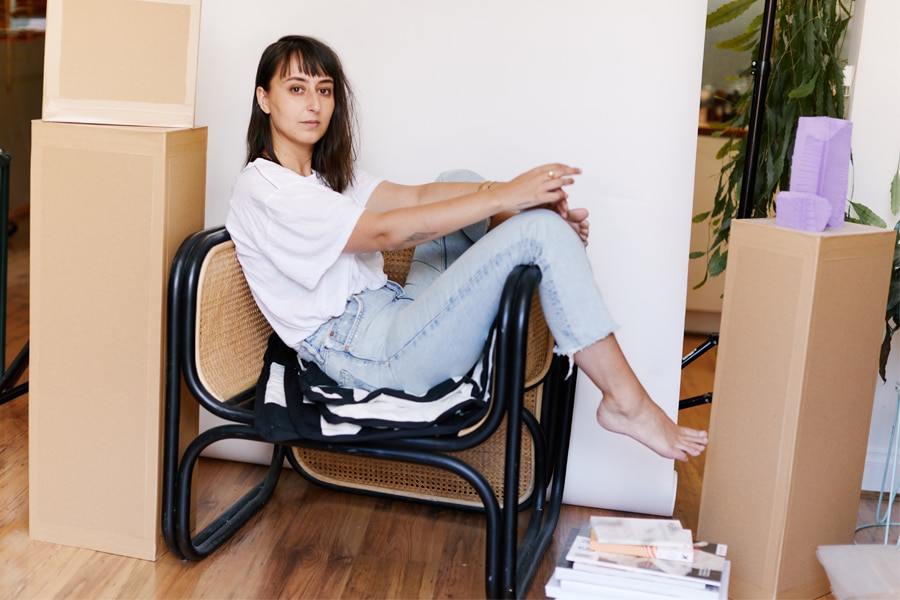
A lot of the work you do is both physically and mentally demanding. Can you please tell us about this and how it relates to your strength as a human being?
It’s really difficult work. It’s mentally demanding, it’s physically painful. Working in war zones, conflict zones, for autobiographical reasons… you have to be so strong in so many ways. But I think from that comes a great tension - and that’s really where art comes out of. And from tension always comes happiness and dreaming, too. So I always think, it’s strength to survive - but the real strength is to then go even further, to celebrate and find joy.
What do you most admire in other artists work?
I love, love, love artists who spent time with their work. Not necessarily artists who spent 500 hours on a painting… but made artworks that you can feel they lived around, slept around, ate around, trying to resolve it. I always think that energy stays with the work. Picasso’s Guernica is the perfect example. Not all Picasso works are like that… but that one, you really feel the time.
What does a day look like for you? Are there daily rituals no matter what you are working on?
Not at all. I’m not really one for routine… I don’t think it suits me. Every day is really, really eclectic and different. But that’s what I live for. It depends on the city, the project, the team, the studio isolation. A black coffee in the morning, is perhaps the closest I’ll get.
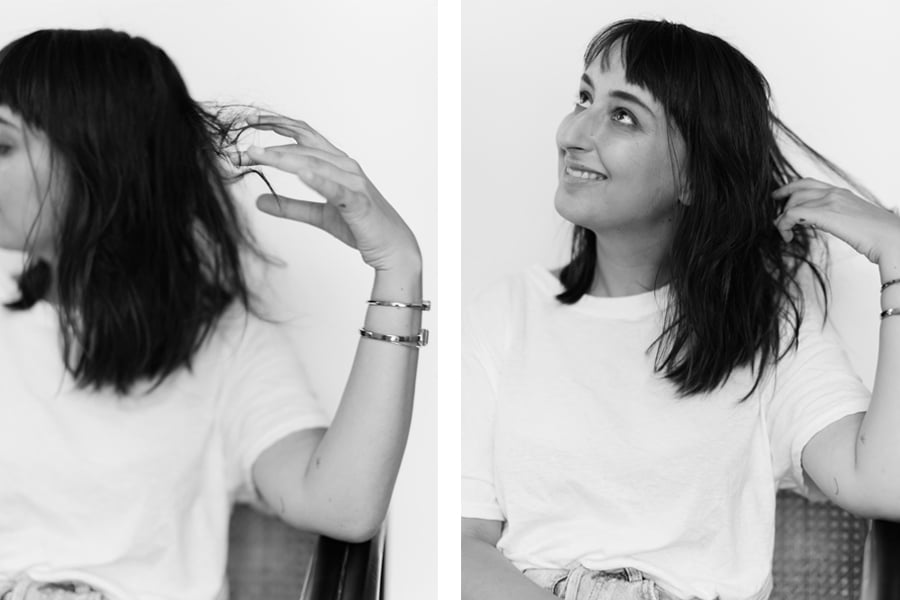
You were born and raised in Ukraine. How do you relate to the country today?
I’ve been really home-sick in lockdown. Maybe it’s being on the other side of the world. Maybe it’s thinking about all the big life things in quarantine. Maybe it’s just reading Herodotus. But I think it’s a huge part of my soul - and I think that the current war has been a huge… I don’t know if change, is the right word… but maybe a cementation of the way it is a part of me. A radical shift in what I know of the world and my place in it.
You work across many mediums, how does the creative process differ, does it?
I love it. I love expanding a medium, understanding it - finding inspiration in all its possibilities and corners. And I love realising its limits, and finding other mediums to fill that. Limits are so important to creativity… they make you problem solve. The older I get, the more I love finding the right medium for the right idea - and I feel so much more supported in that, than I was before.
What has this year taught you about your strength?
That I have a lot of it. That I’m probably quite well-equipped for situations where the politics are much bigger than myself. And that a lot of my strength is self-fuelled - it doesn’t come from others… and how grateful I am for that. But we artists, for better or worse - I think we’re very equipped to adapt, be resourceful and creative day by day. It’s precarious for us at the best of times!
What is the quality you most admire in others?
I love strength, I love patience. I love grace. I love people who live with discretion, and I love people who have no filters. I love people for whom kindness is more important than rules.
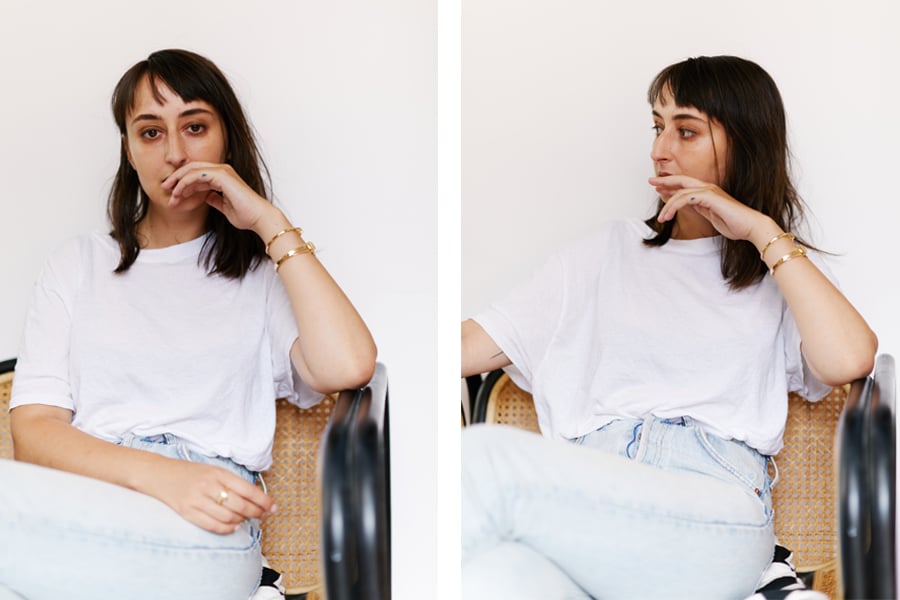
Do you have any personal heroes?
Vali Myers. I wear her jewels around my neck, I wear her name tattooed on my hand.
Nobody understood freedom and strength quite like she did. I think she looks after me, a little, too.
What is the most courageous thing you’ve ever done?
One day, I know I’ll be able to talk about it. Just not yet. So until then, perhaps I will just say - fighting skin-heads!
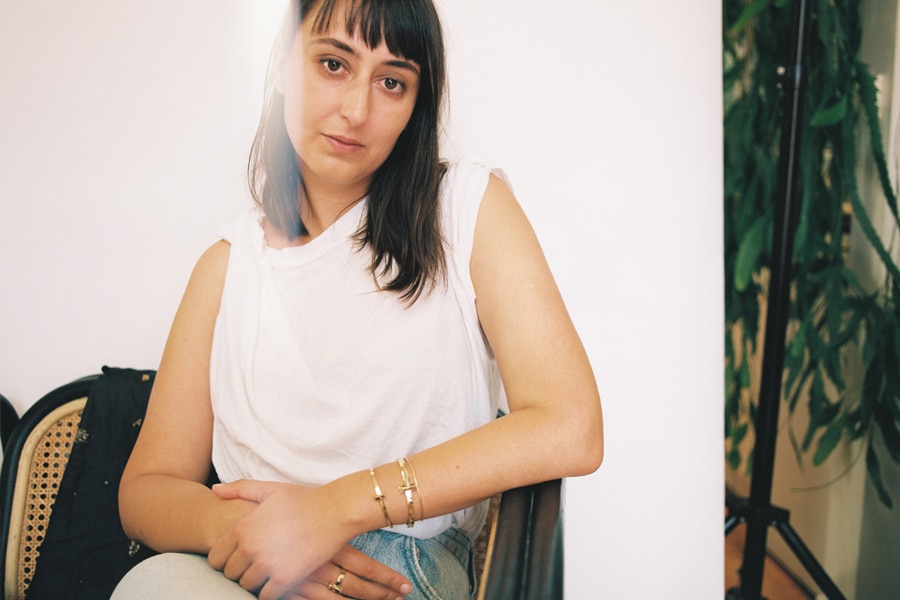
What’s the best advice you’ve ever received?
When I was particularly burnt out, my friend Šejla Kamerić - a really, really great Bosnian artist, told me: it’s not a sprint, it’s a marathon. That stays with me often. But you know… sometimes the soul just needs a sprint!
Your proudest achievement…?
Surviving! Surviving a lot. And throwing myself back in there every time, again… getting stronger, but also happier and smarter. That’s the most important bit.
